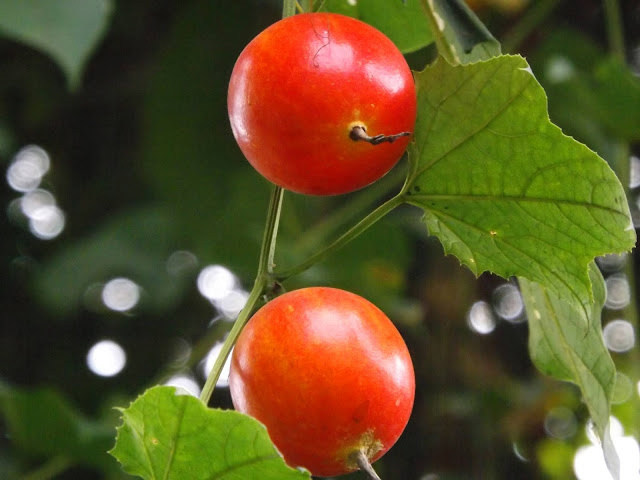Boro kolkashundey or Western senna, Senna occidentalis
Boro kolkashundey or Western senna (Senna occidentalis, family: Fabaceae) is an erect annual or sometimes perennial herb, attaining a height of 1-2 m. Stem and branches are usually reddish and are angular with linear mark. In Bangladesh it grows on fallow land, along roadsides and around the railways. As an ornamental plant it can be planted in gardens and parks.
Other names: Boro halkishunda, Tuli-koroi.
Leaves are compound, paripinnate, leaflet 3-8 pairs, elliptic-lanceolate, 3-10 cm long and 2-4 cm wide, green with reddish midrib, soft hairs and pointed tip. A pungent odor comes out when the leaves are crushed.
Flowers are bright yellow, raceme, arising at the leaf axil, 3 cm wide, short peduncled, a few together or a pair. Sepals 5, petals 5. It blooms mainly in May-July. Full blooming flowers can be seen in the morning.
Fruits are pods, quite long, 8-14 cm long, tip blunted, 4-5 together, minutely hairy, dehiscent. Seeds 25-30. Flowers and fruits can be seen at a time in different plant. Propagation is caused by seeds.
Its leaves, roots and seeds are used as purgative and uretic. It is useful in dyspepsia, cough, worm infection and breathing problem. Leaves are recommended in leprosy, itching, scabies and other skin diseases.







Comments
Post a Comment